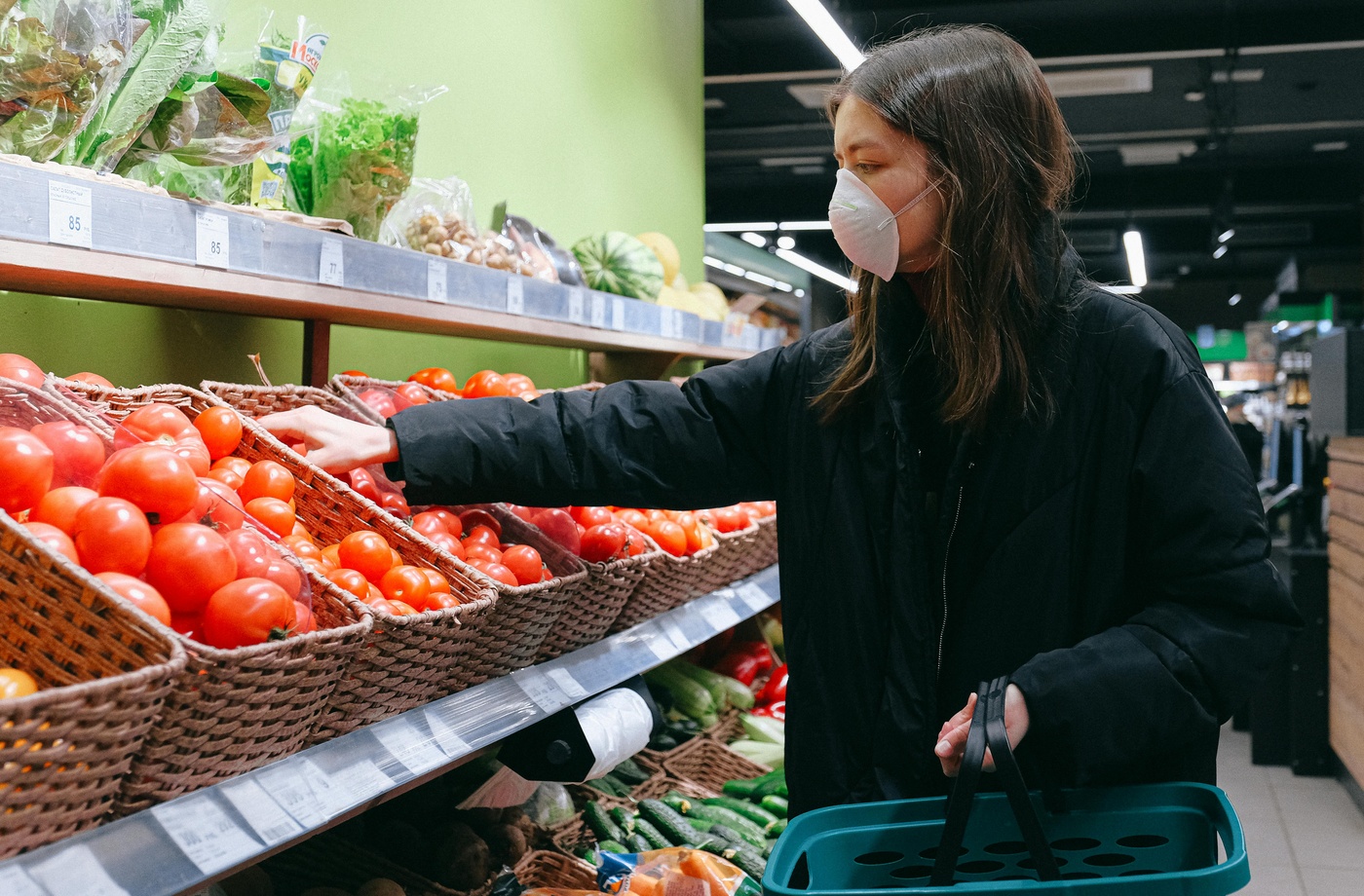A well-stocked pantry is one of the easiest ways to cook affordable meals, avoid last-minute takeout, and stretch fresh ingredients further. When used strategically, pantry staples can serve as the base of dozens of recipes, helping you create balanced, budget-friendly meals without constantly heading to the store.
Here’s a list of essential pantry items that save money and offer maximum versatility, plus tips on how to store and use them effectively.
Why pantry staples matter for smart grocery spending
Keeping versatile dry goods and shelf-stable ingredients on hand gives you the flexibility to build meals even when your fridge is empty. According to Feeding America, stretching ingredients and minimizing waste is especially important for households trying to make the most of programs like SNAP or WIC. Even if you’re not on assistance, a stocked pantry helps reduce food waste, enables batch cooking, and supports meal planning on a tight budget.
Top pantry essentials for budget cooking
- Rice (white, brown, or jasmine)
Cheap, filling, and endlessly flexible, rice can be used in stir-fries, soups, bowls, and casseroles. Buy in bulk for lower per-pound prices. - Pasta
A go-to for fast, low-cost meals. Shelf-stable and ready in minutes, pasta works with jarred sauces, roasted veggies, or pantry proteins. - Canned beans (black, kidney, chickpeas, etc.)
Packed with fiber and protein, canned beans are perfect for chili, salads, tacos, and soups. Opt for low-sodium versions when possible. - Canned tomatoes
Crushed, diced, or whole—canned tomatoes are the foundation for pasta sauce, curry, stew, or homemade soup. They’re often cheaper than fresh and available year-round. - Peanut butter or nut butter
Shelf-stable and protein-rich, peanut butter works in sandwiches, sauces, baking, or smoothies. It’s a long-lasting source of fat and flavor. - Lentils (dry or canned)
Cook quickly and add hearty texture to soups, curries, and salads. Red lentils break down for creamy dishes, while green or brown hold their shape. - Rolled oats
Beyond breakfast, oats can be used in meatloaf, baked goods, granola, or overnight oats. Store in airtight containers to preserve freshness. - Flour and baking ingredients
Having flour, baking soda, sugar, and yeast on hand lets you bake bread, muffins, or even pizza from scratch—saving money compared to store-bought. - Broth or bouillon
Essential for soups and stews, shelf-stable broth or bouillon adds flavor and depth to almost any savory dish. Powdered bouillon cubes are especially cost-effective. - Spices and seasoning blends
Even on a tight budget, a few key spices (like garlic powder, paprika, cumin, and chili powder) can elevate simple meals. Consider blends like Italian seasoning or taco mix to cut prep time.
Storage tips to keep pantry items fresh
- Store grains, flour, and legumes in airtight containers to prevent moisture and pests
- Use clear jars or labels for visibility and rotation
- Keep spices away from direct heat and sunlight to preserve potency
- Track expiration dates for items you buy in bulk or infrequently use
How to turn pantry items into full meals
Combine pantry staples with a few fresh or frozen ingredients to create full meals. For example:
- Canned beans + rice + salsa = burrito bowl
- Pasta + canned tomatoes + frozen spinach = quick pasta dinner
- Lentils + broth + carrots = hearty soup
- Oats + peanut butter + banana = no-bake energy bites
Apps like SuperCook can suggest recipes based on ingredients you already have.
Pro tip: stack pantry savings with grocery gift cards
If you shop at stores like Kroger, Safeway, or BJ’s Wholesale, you can earn cashback with a Kroger gift card or get rewards with a Safeway gift card using Fluz. This adds an extra layer of savings to already affordable pantry buys.
For more eligible retailers, visit the Fluz store directory.



